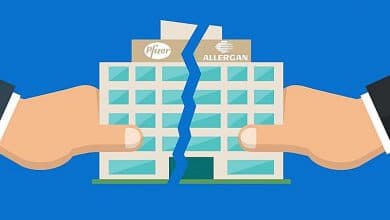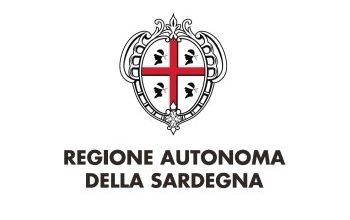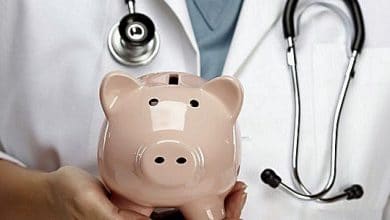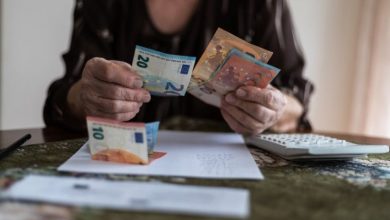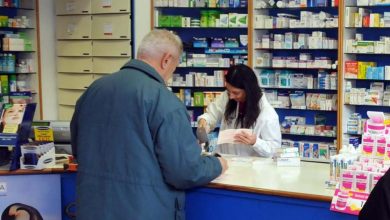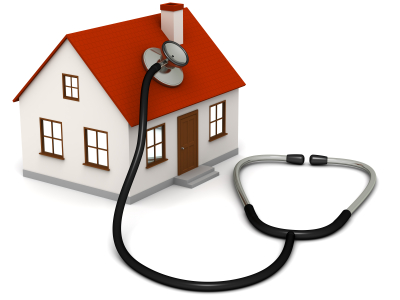
It's called Sick Building Syndrome, SBS, better known as the Sick Building Syndrome. As early as 1984, the World Health Organization had stated that new buildings were created with approximately the toxic materials 30% and therefore had indoor air quality problems. Situation aggravated by the presence of biological pollutants such as pollen and moulds, which bring attention to air quality to an ever higher level. Again according to WHO estimates, this could cause discomfort between 10 and 30% of those who live or work in the buildings concerned.
Health Information question about it Paolo Carrer,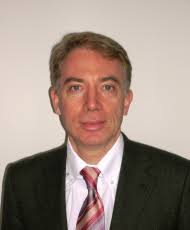 Full Professor of Occupational Medicine, “Luigi Sacco” Department of Biomedical and Clinical Sciences, University of Milan and Director of Occupational Medicine Unit of ASST Fatebenefratelli Sacco.
Full Professor of Occupational Medicine, “Luigi Sacco” Department of Biomedical and Clinical Sciences, University of Milan and Director of Occupational Medicine Unit of ASST Fatebenefratelli Sacco.
«Two factors have made this malaise a reality in many homes and offices since the 1970s. An energy saving policy, which has seen the emergence of increasingly airtight buildings, and the spread of office work (editor's note and remote work), which led the majority of the population to spend most of their time indoors (about 80% of their day), and caused many occupants to experience a widespread malaise attributable to the quality of the air they breathe inside these buildings".
«One of the most frequent factors – underlines Carrer – it is the too dry air present during the winter months that also determines a greater spread of infections. Among other things, it has been observed that when the air is too dry, the contagion from Covid and flu is favored; therefore, it is essential to monitor the air humidity and keep it in an optimal range, for example between 40 and 60%». Even the presence of mold and mildew as well as cigarette or candle smoke can be an expression of a sick building.»
Sick Building Syndrome (SBS) according to the Ministry of Health indicates a well-defined symptomatic picture, which manifests itself in a high number of occupants in modern or recently renovated buildings, equipped with mechanical ventilation and global air conditioning systems (without the introduction of fresh air from the outside) and used as offices, schools, hospitals, homes for the elderly, civilian homes.
The clinical manifestations are non-specific, arise after a few hours of permanence in a given building and generally resolve quickly, within a few hours or a few days (in the case of skin symptoms) after leaving the building.
«Many workers complain, for example, irritation or sand in the eyes rather than fatigue and disturbances in attention, but also tiredness, drowsiness and sometimes perceive unpleasant odors or draughts. When you experience constant discomfort in the workplace, it is advisable to contact your general practitioner and your occupational physician – emphasizes Carrer -. At the same time, if the symptoms occur only during the stay in a building, the situation must also be reported to the worker safety manager who will then have to check whether there are problems with pollution or ventilation and make the necessary corrections to have air quality free from pollutants, with optimal temperature and humidity".
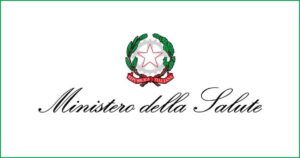 Although the symptoms are mild, cases of SBS that occur in the workplace can cost more than some serious and worse-prognosis diseases due to significant declines in productivity.
Although the symptoms are mild, cases of SBS that occur in the workplace can cost more than some serious and worse-prognosis diseases due to significant declines in productivity.
The etiology is still unknown, probably multifactorial and variable from case to case. Factors related to buildings, air conditioning and ventilation systems, maintenance schedules, the type and organization of work and personal factors certainly play an important role.
The law does not admit omissions: article 2087 of the Civil Code obliges the employer to protect the health of its employees, while Legislative Decree 81/2008 has established a series of procedures to be followed to prevent illnesses and accidents at work, including damage from exposure when a sick building syndrome is highlighted.
«As far as housing is concerned, the tenant is primarily responsible for the quality of the air in the home and therefore it is up to him to check whether the air is not too dry or humid or whether there are any behaviors that in some way expose those who live in the building to a form of air or noise pollution Carrer adds. Unfortunately for those who do not respect the rules of good neighborliness, today there are few solutions, even if, in the future perspective, we are trying to make the issue central and there is great attention at European level so that the legislation on energy saving also safeguards the health of those who live or work in the building".
To combat the Sick Building Syndrome and obtain optimal indoor air quality, it is advisable to act on prevention. «For this reason it is necessary to keep the environments free from sources of pollution and always clean – concludes Carrer – as well as plumbing to avoid the formation of mould, parasites and pathogens which could then be inhaled or cause allergic complaints. A valuable contribution is given by the greater availability of some sensors, even at low cost, which are able to keep temperature and humidity under control, but also carbon dioxide, formaldehyde and volatile organic compounds. This allows, in the event of high values, to intervene quickly to correct the anomalies and reduce pollution».
In Italy significant episodes have been reported for many years, but large-scale epidemiological studies have not been performed involving several buildings. Also in the Italian experience, according to the Ministry of Health, the alterations of environmental parameters, although significant in some cases, do not seem by themselves to be able to justify the very high prevalence of such a complex symptomatology closely correlated with permanence in the studied buildings.
Some Italian studies have focused attention on the costs, in purely economic terms, of episodes of SBS, confirming their high social impact.
Ministry of Health – Sick building syndrome – Sick building syndrome
Related articles:
Health Courier – Cooking lunch or dinner at home (with gas) can be as harmful as secondhand smoke: here's why – January 9, 2022

